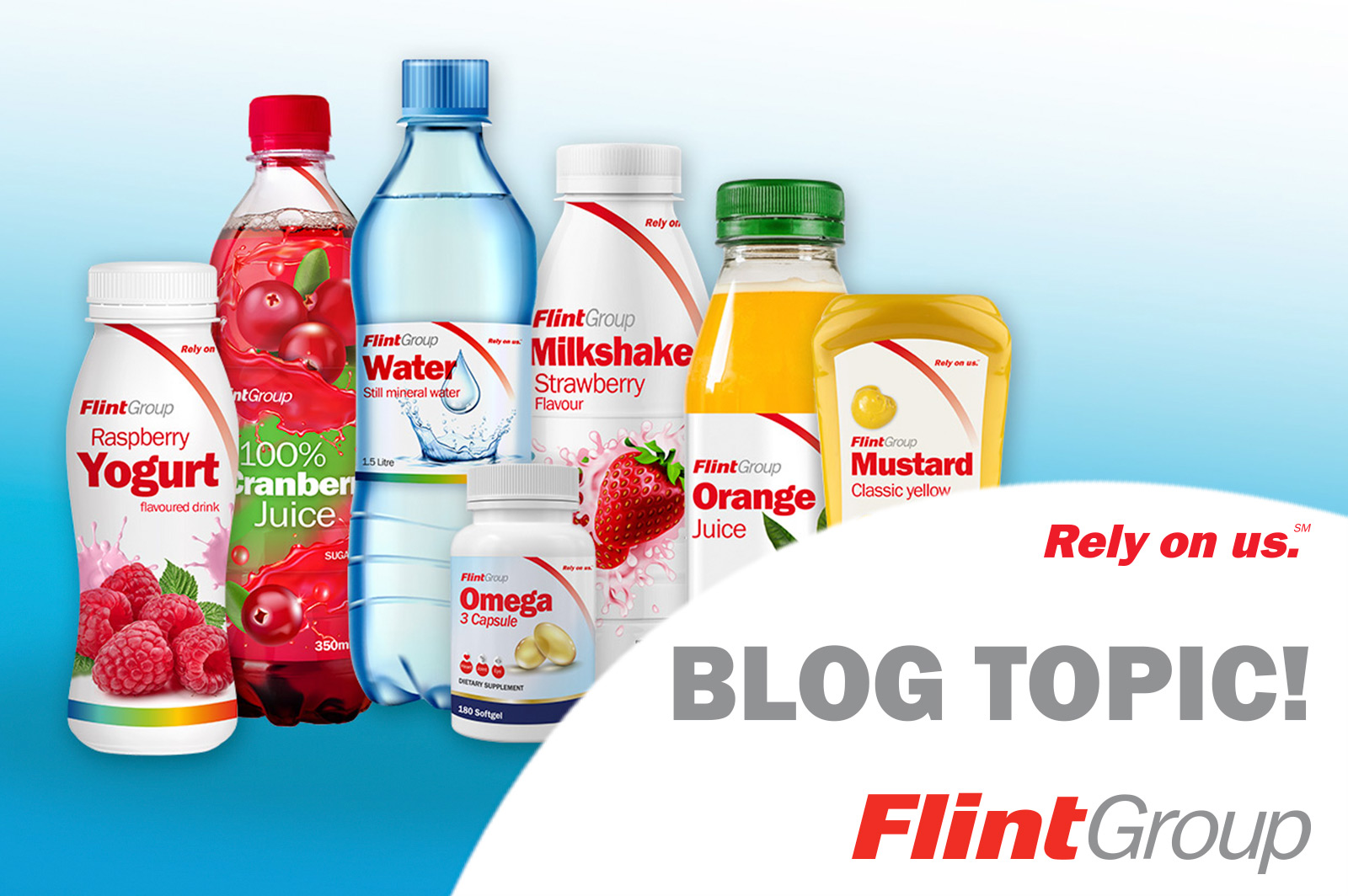Understanding and managing migration risks in food packaging
Effective food packaging must protect, preserve, and present a product with high shelf appeal. Migration of inks and coatings can pose a contamination risk and compromise the safety of consumer goods inside the package. This could impair the flavour or odour of food and beverages, affect consumer health, and lead to regulatory action and damage to the business responsible.
Compliance with industry regulations is essential for protecting food, minimising waste, and safeguarding consumers. Additionally, it is crucial to recognise that collaboration throughout the entire value chain is paramount.
Achieving this starts with understanding the different migration risks. Alongside direct migration, where food is in direct contact with a printed or coated substrate, there are multiple ways in which migration can occur:
-
Penetration Migration occurs when materials transfer through the substrate to the reverse side of the print, where they make contact with the food. This form of migration becomes more likely with previous substrates or oily or greasy foods and becomes more likely to occur when a pack is exposed to higher temperatures.
-
Set-off Migration sometimes referred to as ‘invisible’ migration, occurs when the printed side of a substrate contacts the reverse side of the print when wound on a reel or stacked during logistics or storage.
-
Vapour Phase Migration occurs when compounds become volatile during cooking. If a pack and product are cooked together, such as in a microwave or oven-ready meal, chemicals from the packaging material can evaporate and contact the food contents. This form of migration is more likely with fibre-based substrates.
-
Finally, Condensation/Extraction refers to condensation of critical components during cooking or sterilisation processes. Water vapour or fats can cause specific extraction of ingredients from the packaging material, which rests on the food in the pack.
Securing migration compliance means considering risks throughout the packaging development process, from concept to the final stage of retailing. Potential migration sources must be assessed early in design to ensure they comply with legal requirements for avoiding contamination, taking a holistic view of all manufacturing, storage, and transportation risks.
Printing inks are crucial for packaging due to their multifaceted benefits. They provide vital product information, such as expiry dates and usage instructions, ensuring consumer safety and regulatory compliance.
Moreover, inks empower brands to customise and promote their products with strong brand identities and unique designs, significantly influencing purchasing decisions.
Substrate selection can significantly affect overall migration risk. Certain materials are better suited for specific food applications as they demonstrate different barrier properties. For example, standard inks and coatings can be suitable for use on labels applied to packaging with absolute barrier properties (i.e. glass and aluminium), but food contact material inks must be used on other, non-barrier substrates. Even flexible packaging films with strong barrier performance may experience set-off migration if the ink is not fully cured during printing; storage conditions can also influence this risk, though they are not the sole factor.
Ink selection is a key factor in migration compliance. Knowing the exact chemical composition of raw materials used in inks, as well as any non-intentionally added substances (NIAS), is essential to ensuring safety and regulatory compliance. This data must be sourced from ink suppliers. The extent of ink coverage can also affect the potential for ink migration. High ink coverage can increase migration risk. Although inks and coatings designed for these applications are typically developed with this consideration, converters still need to consider whether the total area for printing could affect the level of migration.
Measures taken to protect against migration become simpler to manage when aligned with all involved stakeholders. From the material and pack specifications to considering the characteristics of the contents and how they will be packed, collaborating across the supply chain is critical to maintaining safety.
As a leading global ink and coating supplier to the packaging industry, Flint Group has extensive experience working with partners to assess and minimise migration risk. This process starts with good manufacturing practices and choosing inks and coatings where all production elements are tailored for compliance.
Products like EkoCure® ANCORA, explicitly designed for use with food labels and flexible packaging, should be an element within converters’ toolkits for creating food contact material (FCM) compliant packaging solutions. Offering superb press performance and adhesion, this dual cure ink complies with Swiss Ordinance list, EuPIA Exclusion Policy, EuPIA PI Suitability list, Plastics Directive Regulation 10/2011, Regulation EC 1935/2004, Regulation EC 2023/2006 on GMP, to meet the most stringent demands for food packaging. Excellent rheology and low viscosity are key attributes of these inks that demonstrate excellent ink duct behaviour, while its minimum dot gain and high dot sharpness result in consistent high print quality.
Our customers can rest assured that all Flint Group inks and coatings designed for food contact material (FCM) applications are produced separately from non-FCM products and stored independently in different warehouses staffed by different operator teams. This ensures complete oversight of FCM ink specifications and production management, ensuring compliance with relevant regulatory requirements. At our comprehensive laboratory facilities in Trelleborg, Sweden, and Rogers, Minnesota, USA, (including state-of-the-art printing presses) customers simulate and trial the production process, assess their products against legislation, or adjust the design if required.
Understanding migration risks and mitigating those risks may seem complex, but through working with experienced partners across the packaging supply chain, packaging designers and brands can gain a more straightforward overview of common pain points and how to mitigate them. Partners like Flint Group that take migration responsibilities seriously remove the pressure from food packaging production. With quality products like EkoCure® ANCORA, dedicated production facilities, and our bespoke laboratory services, brands can have peace of mind that their migration risks are being carefully managed.
To find out more about how Flint Group can help your business manage migration in food packaging applications, contact info.narrowweb@flintgrp.com

